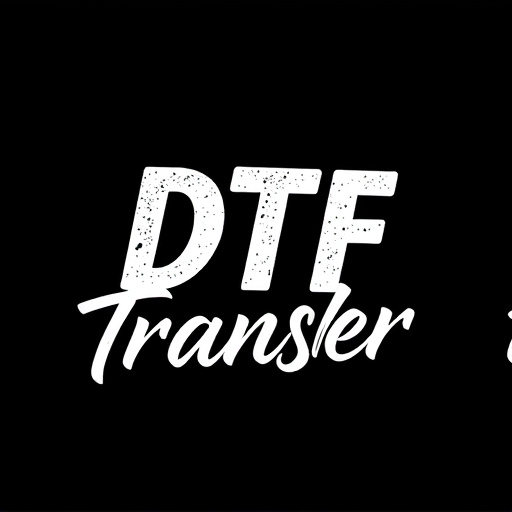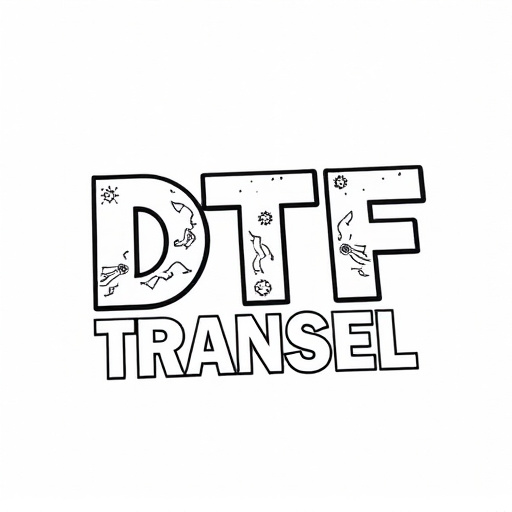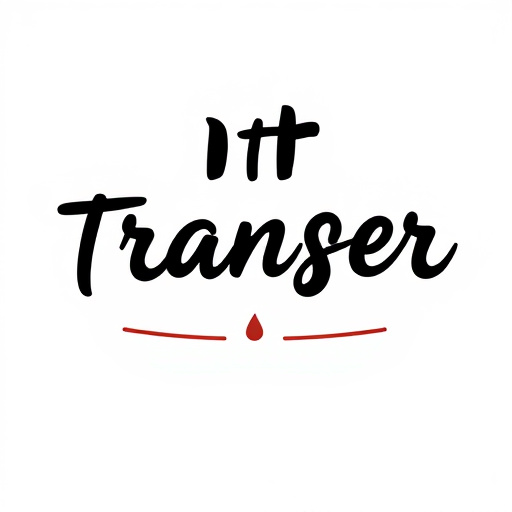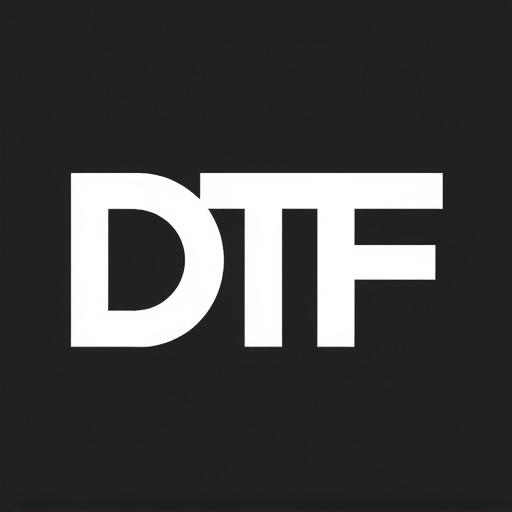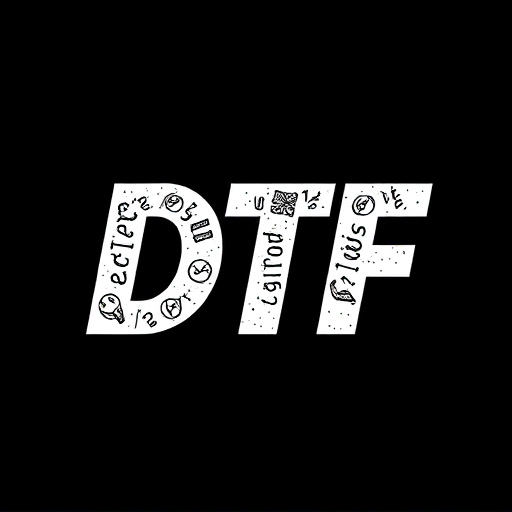Direct-to-film (DTF) prints are a revolutionary technology for high-quality film printing, eliminating intermediate steps and compromising sharpness or color accuracy. Using specialized equipment, DTF prints produce intricate details, vibrant colors, and wide tonal ranges suitable for fine art printing and motion picture production. By streamlining the process and eliminating preparation charges, DTF offers cost-effective options for filmmakers, photographers, and artists to preserve their work's original intent. This technology is valuable for film archives, museums, and restoration specialists, ensuring archival-quality prints with minimal effort. Selecting a reputable DTF service provider requires considering factors like industry expertise, advanced technology, and excellent customer support for high-quality prints. DTF Prints represent a game-changer in film preservation, making it more accessible and affordable for everyone.
“Discover the revolutionary power of Direct-to-Film (DTF) prints, a game-changer in film preservation and duplication. This article explores how DTF technologies are democratizing access to high-quality film transfers without inflating costs. From enthusiasts to professionals, learn how DTF offers an affordable, straightforward process for creating pristine prints. Uncover the myths surrounding preparation charges and gain insights into selecting top-tier DTF service providers. Additionally, we delve into the evolving role of DTF in securing our cinematic heritage.”
- Understanding Direct-to-Film (DTF) Prints: A Simple Overview
- Benefits of DTF Transfers for Film Enthusiasts and Professionals
- The Process: How DTF Prints Are Created Without Extra Charges
- Common Misconceptions About DTF Preparation Costs Debunked
- Choosing the Right DTF Service Provider: Key Factors to Consider
- Future of Film Preservation: The Role of DTF Prints
Understanding Direct-to-Film (DTF) Prints: A Simple Overview

Direct-to-film (DTF) prints offer a straightforward and cost-effective method for creating high-quality film prints directly from digital sources, such as digital cameras or scanners. Unlike traditional printing methods that involve intermediate steps, DTF technology enables printers to produce films with exceptional sharpness and color accuracy. This process is particularly appealing to filmmakers, photographers, and artists who seek to preserve the original intent of their work without compromise.
DTF prints are achieved through specialized equipment that lays down light-sensitive material in a layer-by-layer manner, building up the image according to the digital data input. This method allows for intricate detail, vibrant colors, and a wide range of tones, making it suitable for various applications, from fine art printing to motion picture production. Moreover, DTF technology eliminates additional preparation charges, making it an attractive option for those looking to streamline their printing process while maintaining exceptional image quality.
Benefits of DTF Transfers for Film Enthusiasts and Professionals

Direct-to-film (DTF) transfers offer a host of benefits for both film enthusiasts and professionals alike, revolutionizing the way they access and preserve their cinematic treasures. One of the key advantages is the elimination of additional preparation charges, making it an affordable option for those who want high-quality prints without any hidden costs. This accessibility paves the way for a wider audience to enjoy classic films or independent productions in their intended format.
For film enthusiasts, DTF Prints provide an authentic viewing experience, allowing them to immerse themselves in the rich visuals and audio of yesteryear’s cinema. Professionals, on the other hand, benefit from the precision and speed of this technology, ensuring that restored films maintain their original integrity. It streamlines the process of creating archival-quality prints, making it a valuable tool for film archives, museums, and restoration experts.
The Process: How DTF Prints Are Created Without Extra Charges
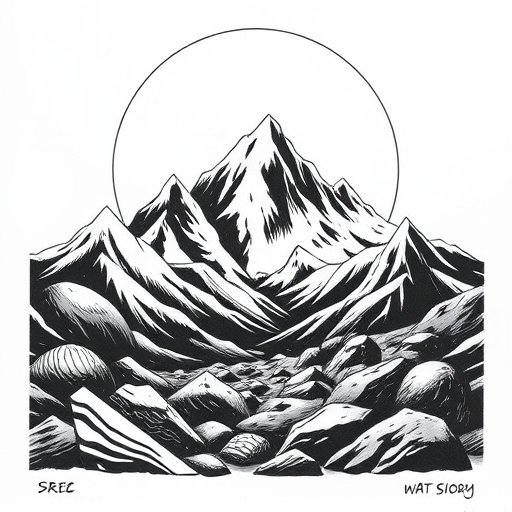
The process of creating Direct-to-film (DTF) prints without additional preparation charges involves streamlining each step to offer an efficient, cost-effective solution for high-quality printing. It starts with the digital file—a key aspect often overlooked. The image is optimized and prepared using specialized software designed to meet the specific requirements of DTF printing. This includes ensuring the correct color profiles, resolution, and format for seamless translation onto the film.
Once ready, the file is sent to the printer, where a unique process takes place. The film is coated with a light-sensitive emulsion, then exposed to a digital print head that precisely applies light to create the desired image. This technique bypasses traditional plate-making methods, eliminating charges associated with plate preparation and disposal. After exposure, the film undergoes a development process, fixing the image while making it durable for subsequent transfers. The result is a high-resolution, vibrant print ready for application to various surfaces without additional fees.
Common Misconceptions About DTF Preparation Costs Debunked
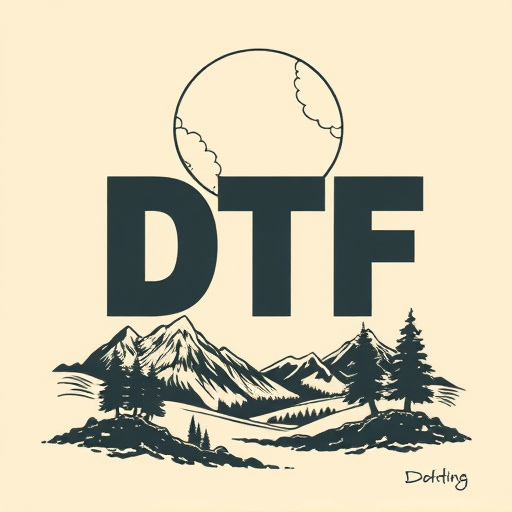
Many creators and enthusiasts often assume that preparing files for Direct-to-Film (DTF) prints comes with hefty preparation charges. However, this misconception needs to be addressed. In reality, DTF printing services offer a straightforward process without any hidden costs or additional preparation fees. The beauty of DTF lies in its simplicity; your file is printed directly onto the final medium, eliminating the need for complex pre-press work.
Unlike traditional printing methods, DTF does not require intricate layout designs or specialized software. Common practices like adding bleed areas or using specific templates, which are often considered essential preparation steps, are not mandatory. Most DTF service providers offer easy upload options and ensure your files are optimized for printing without you having to lift a finger. This accessibility makes DTF Prints an attractive choice for anyone looking to bring their creative visions to life efficiently and affordably.
Choosing the Right DTF Service Provider: Key Factors to Consider
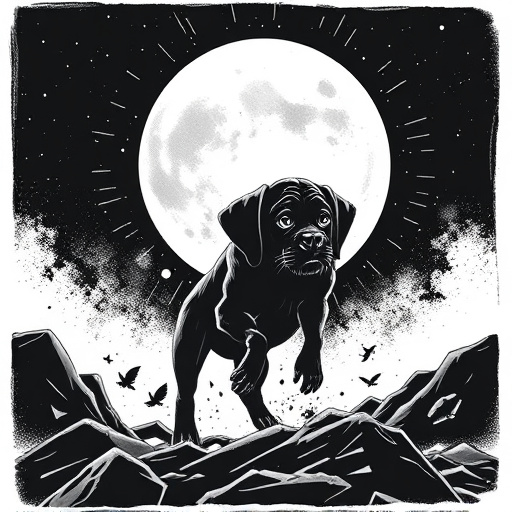
When selecting a Direct-to-Film (DTF) service provider, several key factors come into play to ensure you get high-quality DTF prints. First and foremost, consider their expertise and experience in the industry. Opt for a company that has a proven track record of producing crisp, accurate prints, especially if you’re looking for intricate details and vibrant colors. Reputable service providers will have worked on various projects, allowing them to adapt to different client needs and film formats.
Another critical aspect is their technology and equipment. Advanced machinery and the latest DTF printing techniques ensure superior results. Look for providers that invest in research and development to stay at the forefront of industry innovations. Additionally, consider their customer support and communication. Responsive and knowledgeable staff can guide you through the process, address any concerns, and provide valuable insights to help you make informed decisions regarding your DTF print requirements.
Future of Film Preservation: The Role of DTF Prints
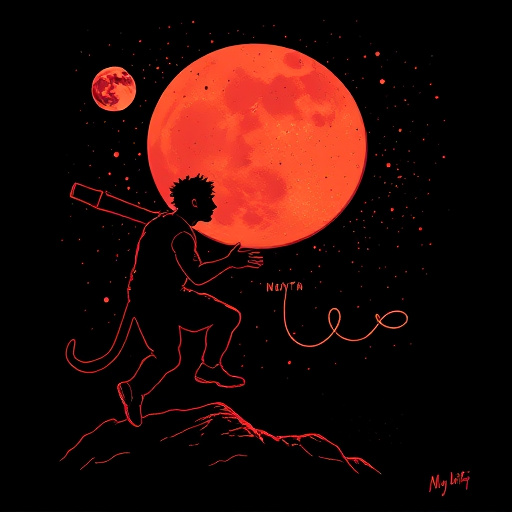
The future of film preservation looks bright with Direct-to-Film (DTF) prints emerging as a game-changer. This innovative technique offers a cost-effective and efficient method to preserve and replicate cinematic gems, ensuring their longevity for future generations. DTF Prints provide an unparalleled level of quality, accurately capturing the visual and auditory nuances of the original film without any additional preparation charges.
By eliminating the need for extensive post-processing, DTF technology streamlines the preservation process, making it more accessible and affordable. This is particularly significant for archives, museums, and filmmakers who seek to safeguard their historical collections. With DTF Prints, the process of creating high-fidelity copies becomes straightforward, enabling better access and appreciation of films, both classic and contemporary.








